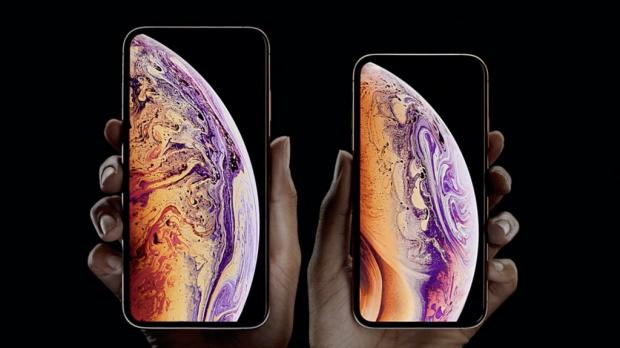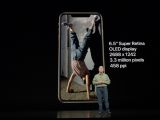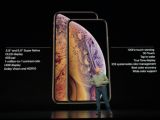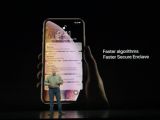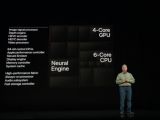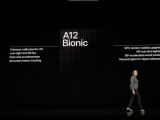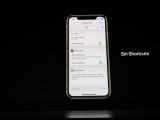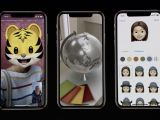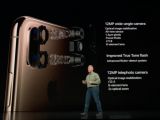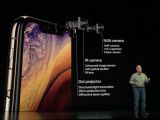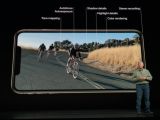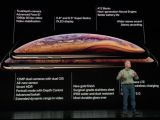Today, at the Steve Jobs Theater in Cupertino at the company’s very own UFO-like headquarters, Apple unveiled the iPhone XS and the iPhone XS Max.
These are the iPhone X successors, the first one boasting a 5.8-inch OLED HDR 1-million-to-1 contrast ratio display with 120 Hz touch sensing tech and support for True Tone, while the Max model is a larger iPhone XS with an almost identical design but with a substantially larger screen measuring 6.5 inches.
The iPhone XS and iPhone XS Max are marketed using the S brand known to be attached by Apple to all units designed to come with a performance upgrade.
The iPhone XS and iPhone XS Max are powered by Apple's newest 64-bit Apple A12 Bionic 7 nanometer SoC with a 6-Core CPU and a 4-Core GPU, combined with an 8-Core Neural Engine processor and a fast storage controller with support for up to 512 GB of internal storage.
In combination with Apple's iOS 12, the A12 Bionic helps apps launch 30% faster than the previous iPhone X smartphone model or the previous iPhone 8 device lineup.
A12 Bionic the first 7 nanometer SoC
The A12 Bionic also allows the iPhone XS and iPhone XS Max to have to provide users with realistic graphics, ISP real-time lighting, and accelerated world tracking, as well as object reflections with the help of the Neural Engine.
The front camera within the iPhone XS and XS Max is a complex system composed out of a 7 MP camera, an IR camera and a dot projector which powers the Face ID tech.
On the back, the new iPhones come with a dual-camera module made out of a 12 MP wide-angle camera and a 12 MP telephoto camera, both with improved True Tone flash and optical image stabilization, all of them coupled with Smart HDR (High Dynamic Range).
The new iPhones' display features IP68 water and dust resistance just like the iPhone X, together with the most durable glass ever in an iPhone display.
The two new iPhones help their users take stunning looking photos with bokeh effect and an adjustable depth of field after the photos have been taken.
iPhone XS gives you 30 minutes longer through your day, while iPhone XS Max can be used for an hour and a half more than the iPhone X model.
iPhone XS and iPhone XS Max also come with support for dual-SIM via DSDS (Dual SIM DUal Standby), with either one physical SIM and an eSim around the world, or two physical SIMs in China where the eSIM tech cannot be used.
The new iPhone models come in Space Gray, Black, and Gold colors, with storage options going from 64 GB and 256 GB to a maximum of 512 GB for the top model.
iPhone XS to start at $999 and the iPhone XS Max at $1099
Furthermore, Face ID is still the security-oriented screen unlock method the company from Cupertino still relies on, more powerful than ever, with the fingerprint sensor probably gone forever if Apple wants to keep going to use the edge-to-edge design available since the iPhone X.
iPhone XS is likely to cost around $999 for the entry-level 64 GB configuration, while its bigger counterpart, the iPhone XS Max, will be priced from $1099 beginning with the 64 GB.
iPhone XS and iPhone XS Max will be available on Apple's Store for pre-order on Friday, September 14. According to the release schedule, the two devices will begin shipping a week later on September 21.
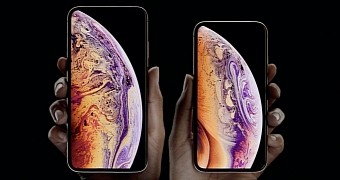
 14 DAY TRIAL //
14 DAY TRIAL // 